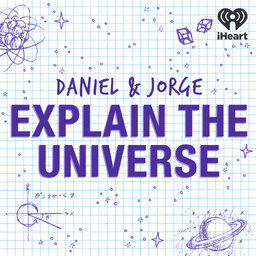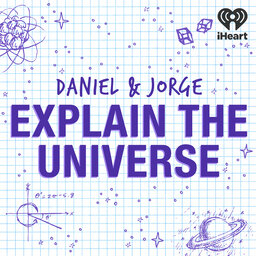The most promising particle physics anomalies
Daniel talks to Harry Cliff, author of the new book "Space Oddities", about the most intriguing unexplained particle physics experiments and what they might mean.
See omnystudio.com/listener for privacy information.
 Daniel and Jorge Explain the Universe
Daniel and Jorge Explain the Universe


